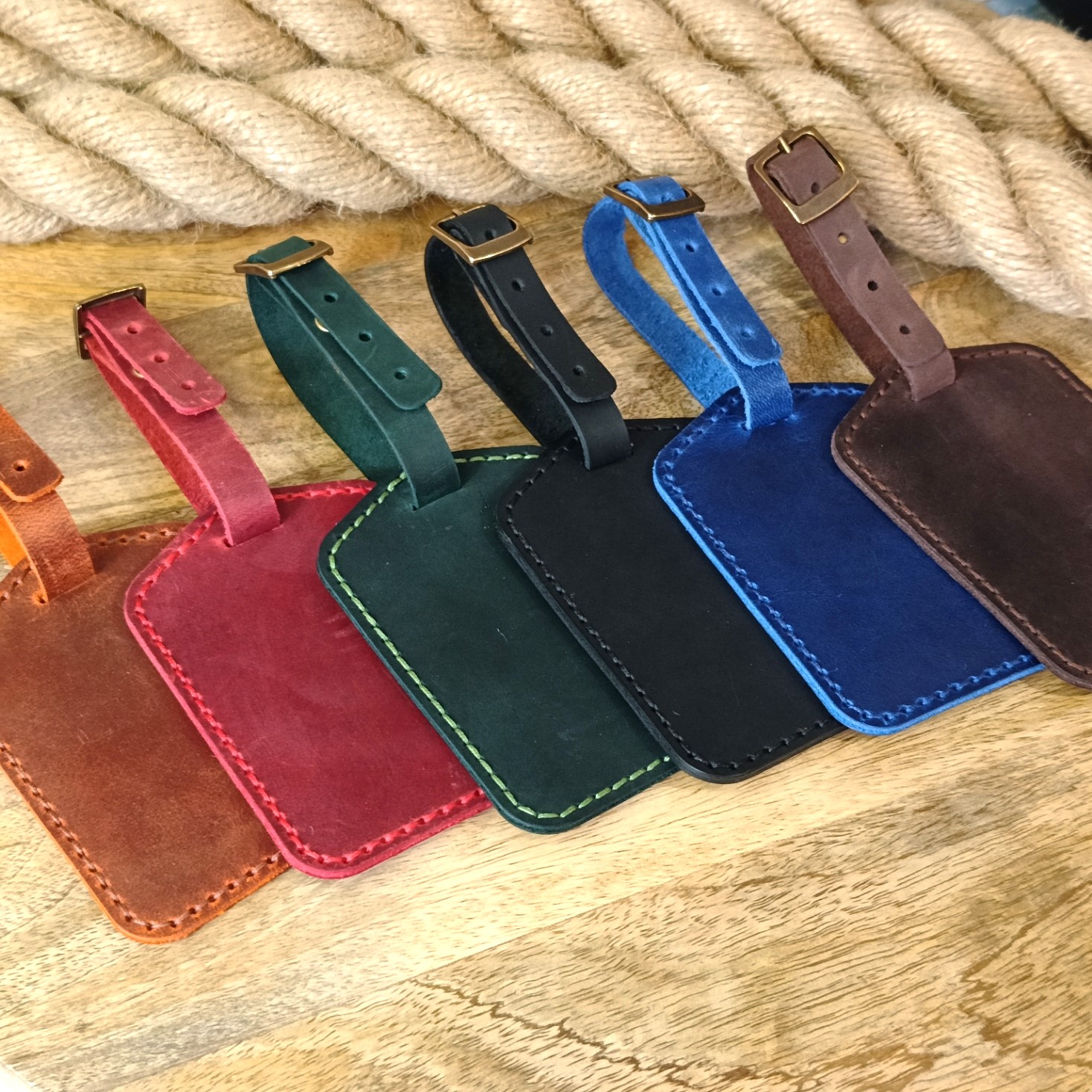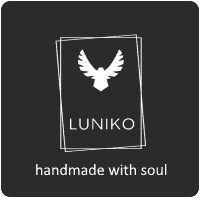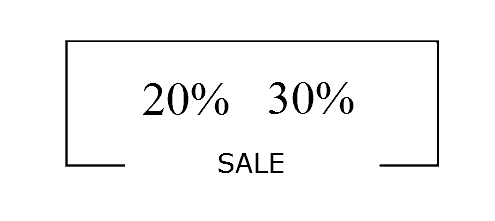
A Complete Guide to Types of Leather in Handmade Goods (and How to Care for Them)
And so, here is a complete guide to the types of leather. If you own or are considering investing in handmade leather goods, understanding the different types of leather can completely transform your appreciation for these timeless products. Leather, known for its unmatched durability and elegance, comes in various forms, each serving unique purposes in crafting. By learning about these leather types and their care requirements, you can ensure your favorite pieces last a lifetime.
This guide dives into the four main types of leather—full-grain, top-grain, genuine, and bonded. You’ll learn about their characteristics, their best uses in handmade goods, and maintenance tips that will keep your leather items in pristine condition.
Full-Grain Leather
What Is Full-Grain Leather?
Full-grain leather is considered the highest grade of leather, prized for its natural imperfections and unmatched durability. This leather comes from the outermost layer of the hide, retaining all of its grain. Unlike other types, it is not sanded or buffed, allowing the leather’s unique character to shine.
Key Characteristics of Full-Grain Leather:
- Extremely strong and durable.
- Develops a rich patina over time, enhancing its beauty.
- Retains natural, unique imperfections like scars or wrinkles.
Ideal Uses for Full-Grain Leather
Owing to its remarkable strength and premium feel, full-grain leather is commonly used for:
- Belts: Long-lasting and resistant to daily wear.
- Wallets and coin pouches: Durable against constant bending and pressure.
- Briefcases and luggage: Offers elegance paired with resilience.
Care Tips for Full-Grain Leather
To maintain full-grain leather’s luster and durability:
- Clean with a damp cloth regularly to remove dust.
- Apply a high-quality leather conditioner every few months to keep it moisturized.
- Avoid prolonged exposure to water or direct sunlight.
Top-Grain Leather
What Is Top-Grain Leather?
Top-grain leather is the second-highest grade, crafted by sanding down the top layer of the hide to remove imperfections. It offers a more uniform look compared to full-grain but retains strength and flexibility.
Key Characteristics of Top-Grain Leather:
- Softer and more pliable than full-grain leather.
- A polished, sleek appearance.
- Slightly less durable than full-grain but still robust.
Ideal Uses for Top-Grain Leather
Its luxurious look and feel make top-grain leather popular for:
- Handbags and tote bags: Stylish yet sturdy for everyday use.
- Upholstery for furniture and car interiors.
- Jackets and outerwear for a refined aesthetic.
Care Tips for Top-Grain Leather
- Wipe spills immediately with a soft, dry cloth to avoid staining.
- Use a leather-specific cleaner to remove dirt without damaging the surface.
- Apply a leather conditioner to prevent drying and cracking.
Natural Leather
What Is Natural Leather?
Despite the name, natural leather is of lower quality than full-grain or top-grain. It’s made from the layers of the hide left behind after the top layers are removed, compressed and sometimes coated for added durability and attractiveness.
Key Characteristics of Natural Leather:
- Affordable and widely available.
- Appears less natural than premium leathers due to heavy processing.
- Moderate durability.
Ideal Uses for Natural Leather
Natural leather is commonly used for:
- Fashion accessories like belts, small purses, and gloves.
- Linings in handbags or shoes.
- Cost-effective jackets offering style at a lower price.
Care Tips for Natural Leather
- Avoid overexposure to heat, which may cause cracking.
- Use a mild, damp cloth for cleaning instead of water-soaked sponges.
- Condition sparingly with light, non-greasy leather care solutions.
Bonded Leather
What Is Bonded Leather?
Bonded leather is a mix of leather scraps or fibers bonded together with adhesives and finished with a synthetic top coat. It is the most affordable and least durable among the leather types.
Key Characteristics of Bonded Leather:
- Feels and looks less natural due to the synthetic top coating.
- Prone to cracking and peeling with wear.
- Least expensive leather type.
Ideal Uses for Bonded Leather
Bonded leather is often used in:
- Book covers for a luxurious (but cost-effective) look.
- Photo albums and notebooks.
- Low-budget furniture items with a leather-like finish.
Care Tips for Bonded Leather
- Dust gently with a soft cloth to maintain its surface appearance.
- Use a specialized bonded leather cleaner to avoid damaging the synthetic coating.
- Keep it away from sharp objects that might tear the surface.
The complete guide to the types of leather by Luniko!
Regardless of the type of leather, proper care is essential to preserve its lifespan and aesthetic. Here are some universal tips for maintaining your leather goods:
General Leather Care Tips
- Store properly: Always store leather items in a cool, dry place, away from sunlight and humidity.
- Shield from water: Most leather types are not waterproof. Use a water-repellent spray if you anticipate exposure.
- Avoid harsh detergents: Stick to leather-specific cleaners to avoid harming the material.
Recommended Products
Invest in high-quality products such as:
- Leather conditioners like Lexol or Bickmore.
- Waterproofing sprays designed for leather.
- Microfiber cloths for gentle cleaning.
Best Practices
- Rotate the items you use frequently to prevent excessive wear and tear.
- Regularly inspect your leather goods for signs of drying or cracking, and address issues promptly with conditioning products.
Elevate Your Leather Knowledge and Care Routine
When it comes to handmade leather goods, understanding the type of leather used is essential for making informed purchases and ensuring your items last for generations. Full-grain leather brings unparalleled durability, top-grain offers luxury, genuine leather strikes a balance between cost and quality, and bonded leather serves as a budget-friendly alternative. Each type has its ideal applications and care routines, so tailor your approach accordingly.
Now that you’re equipped with the knowledge to differentiate and care for leather, explore the world of handmade leather goods with confidence. Whether it’s a belt, handbag, or jacket, there’s a piece out there that’s perfect for you—and it deserves the attention and care to stay timeless. You have read the complete guide to types of leather
Looking for premium leather goods or care accessories? Visit our store and find everything you need to elevate your collection.


